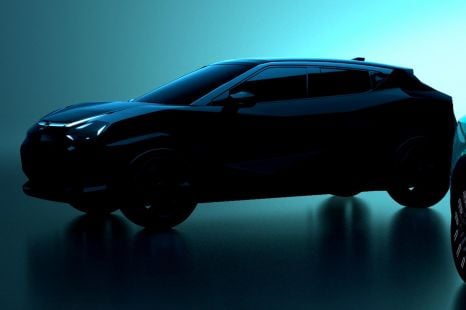

Damion Smy
Nissan Juke EV will use Leaf platform, due in 2026 - report
11 Hours Ago
Hyundai’s Nexo hydrogen fuel-cell vehicle isn’t vapourware, nor is the company full of hot air when it talks about its zero-emissions future. The FCEV touches down this year for government fleet use.

News Editor


News Editor
While attention has been focused on battery-electric vehicles, some manufacturers have been quietly plugging away with developing hydrogen-powered cars. One such manufacturer is Hyundai.
The Korean automaker pipped Honda and Toyota to the post in developing the first mass-produced hydrogen fuel-cell vehicle. It’ll beat them again in introducing such a vehicle to the Australian market, the Nexo, though a fleet of Toyota Mirai FCEVs has been imported and used in shorter local council trials.
The Nexo has been available in other markets since 2018 and now it’s received Australian Design Rule (ADR) certification. Twenty examples have arrived in Australia and will be used throughout various ACT Government departments.
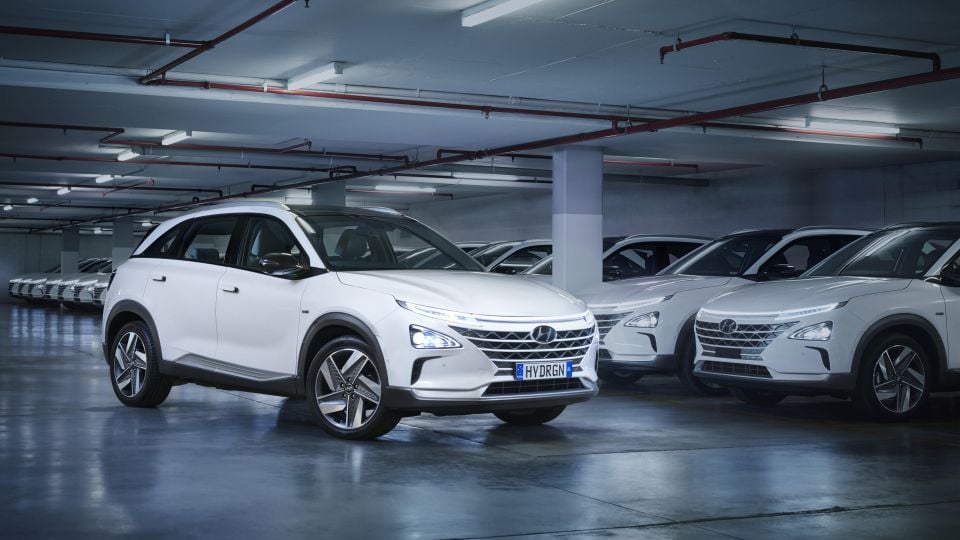
Canberra will be the site of our country’s first publicly-available hydrogen refuelling station, set to open in the third quarter of this year in tandem with the official introduction of the Nexo.
The Queensland Government will be next to get its hands on Nexos, with five joining its fleet once a Brisbane refuelling station is online. It’s expected to be completed this year, along with one in Melbourne.
The government will make a monthly payment for use of the Nexo, which will include servicing costs.
You won’t be able to walk into a Hyundai dealership just yet and purchase a Nexo outright, though organisations have approached Hyundai to sign onto loan agreements.
“We could do it now [sell a Nexo to private buyers] if we had more refuelling stations but our choice was to take the fear out of it,” said Scott Nargar, Hyundai Australia’s senior manager of future mobility and government relations.
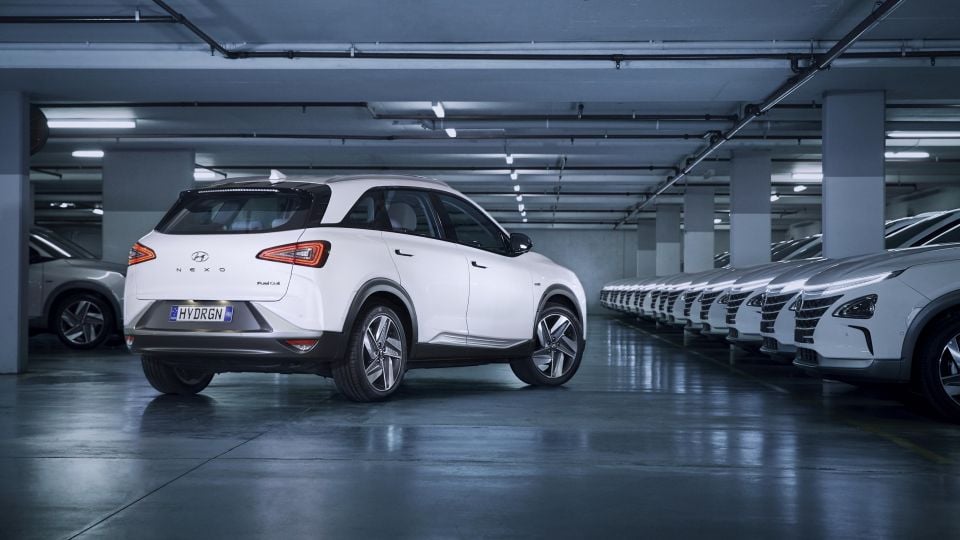
Unlike its predecessor, the ix35 Fuel Cell imported here for testing purposes, the Nexo uses a unique platform. It measures 4670mm long, 1630mm tall and 1860mm wide, which makes it 190mm longer than a Tucson and 10mm wider.
Its powertrain produces 120kW of power and 395Nm of torque, outputs quite close to those of a Tucson turbo-diesel.
It boasts a devilishly good range of 666km, emits only water vapour, cleans the air that it passes through, can provide power to the grid, and takes just three to five minutes to refuel. It almost sounds too good to be true.
Alas, the problem it faces at the moment is the lack of refuelling stations. The only ones currently available are private stations owned by manufacturers, including one at Hyundai’s Sydney HQ.
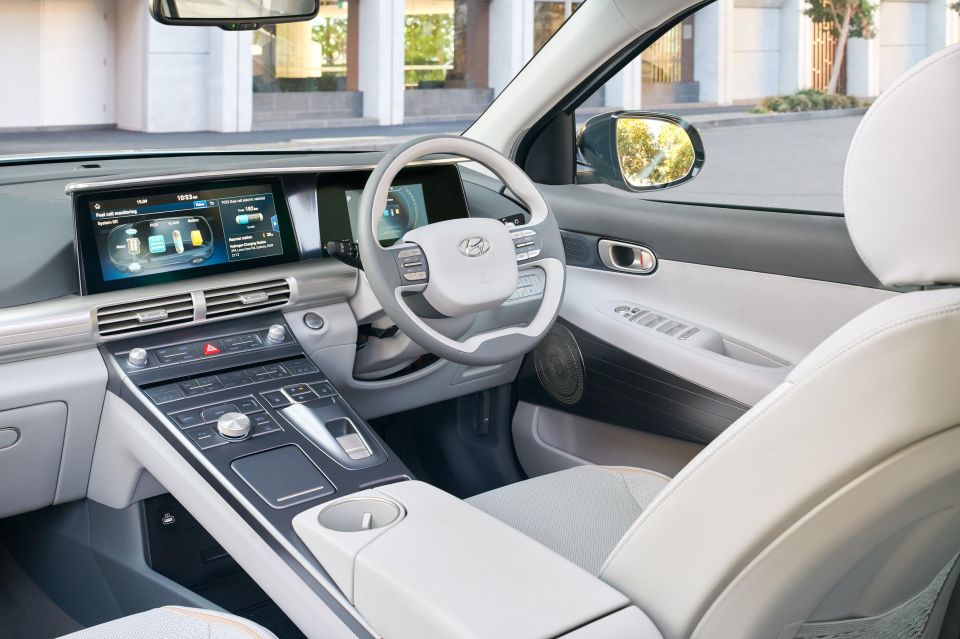
Government workers who need service and support for their Nexos will only be able to go to Lennock Hyundai in the Canberra suburb of Phillip.
The Nexo was the first fuel-cell vehicle to be awarded five stars by ANCAP. As part of its own safety testing, Hyundai also fired armour-piercing bullets at the Nexo’s hydrogen tanks to no effect.
The introduction of the Nexo makes Hyundai the only car company to offer hybrid, plug-in hybrid, battery-electric and hydrogen vehicles.
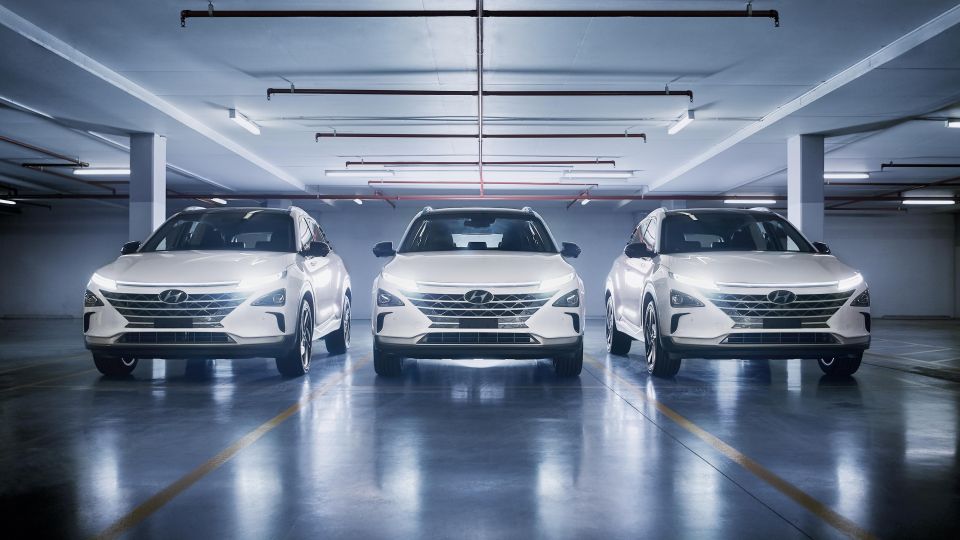
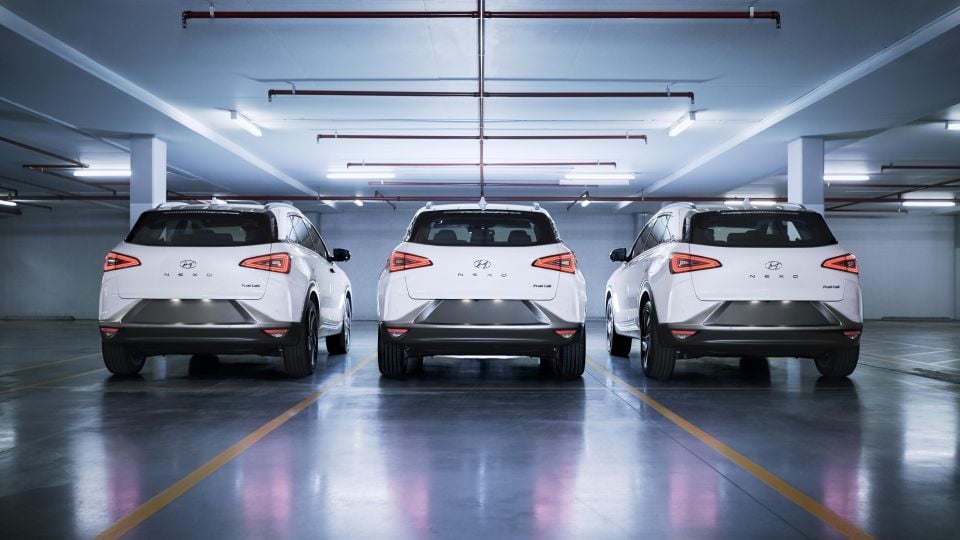
Hyundai is one of just three car companies globally to offer a hydrogen fuel-cell vehicle to the public. Its only competition comes from the challengingly-styled Honda Clarity and Toyota Mirai, though the latter is about to be radically redesigned and will adopt a sleek sedan body. A few examples of the current model are in Australia for testing purposes.
As a hydrogen pioneer, Hyundai naturally supports Australia’s National Hydrogen Strategy, which aims to establish our country as a major player in the global hydrogen industry by 2030.
Where expert car reviews meet expert car buying – CarExpert gives you trusted advice, personalised service and real savings on your next new car.
William Stopford is an automotive journalist with a passion for mainstream cars, automotive history and overseas auto markets.


Damion Smy
11 Hours Ago
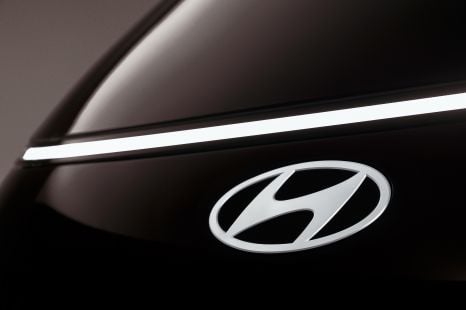

Damion Smy
14 Hours Ago
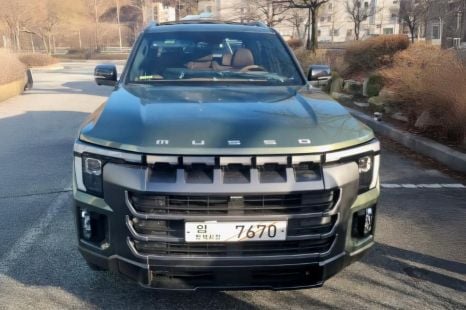

Damion Smy
18 Hours Ago


Damion Smy
19 Hours Ago
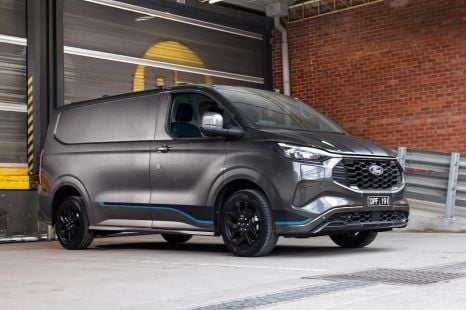

Damion Smy
19 Hours Ago
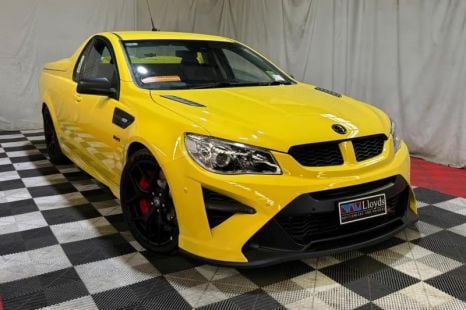

Damion Smy
20 Hours Ago